A Danish start-up developer called Urban Rigger has completed a floating structure offering affordable housing for students.
The unusual halls of residence, which were designed by Copenhagen-based architect Bjarke Ingels Group (BIG), were made from nine shipping containers. These have been arranged in a circle to create 15 studio residences around a central winter garden.
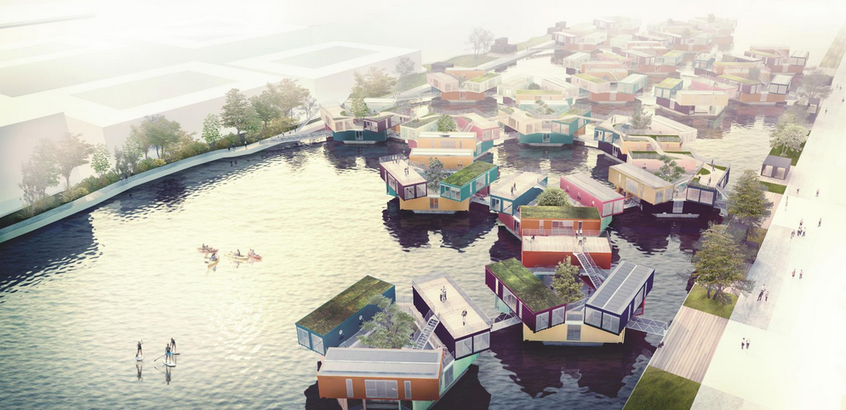
The inaugural project is located in the Danish capital’s harbour, which BIG describes as an "underdeveloped area at the heart of the city".
The idea can easily be transferred to other harbor cities where "affordable housing is needed, but space is limited".
Urban Rigger also contains a barbecue area, a bathing platform, a kayak dock and a communal roof terrace. There is additional storage space and a technical room beneath sea level.
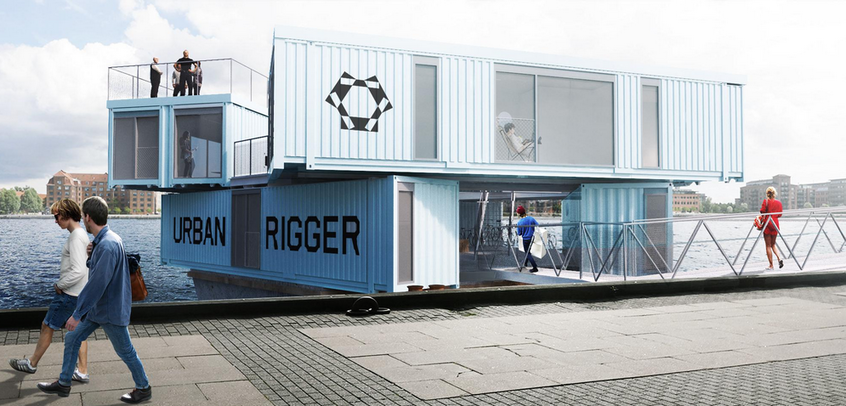
Urban Rigger says there will be a deficit of 4 million student beds in Europe by 2025, and an estimated 45,000 homes will be needed for young people in Copenhagen by 2020.
Rent for a private room, bathroom and kitchen on an Urban Rigger will be $600 a month.
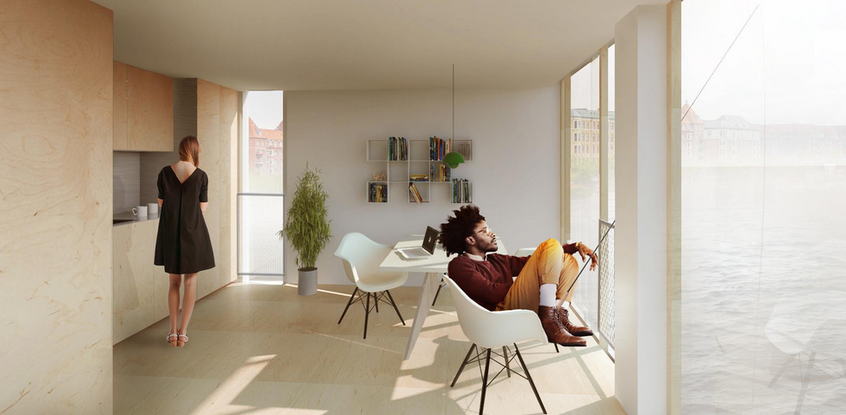
The project could also generate clean energy like hydropower for heating and solar power for energy. It will be carbon neutral.
Ingles told the FactCoDesign website: "In terms of sea level rise, this is the most resilient form of housing because it moves with the water. It’s the only building type that will never flood."
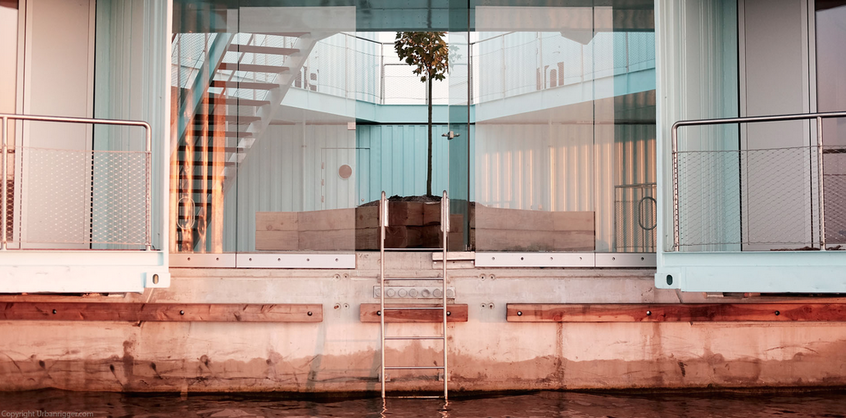
Read more about the project here.
Images via Urban Rigger
Comments
Comments are closed.









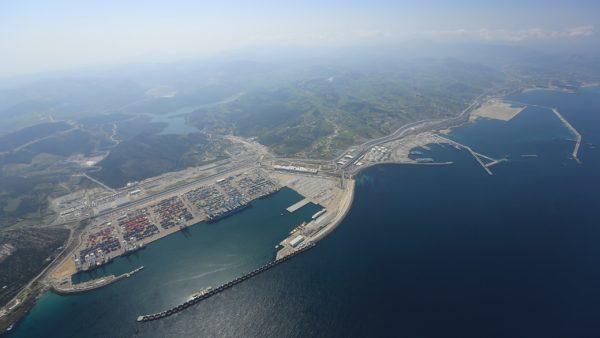

It is high time urban local authorities and developers worldwide woke up to the huge potential of the informed use of these shipping containers can offer via these affordable float houses on sheltered lakes instead of forfeiting valuable and productive food producing farm land to much less affordable land based
housing! Many Cities are doing this to differing extents and in different ways! However ,many can learn from the admirable innovative examples set by the people of the Netherlands!!
I second the above
I looked at this very idea in about 1988 – nobody much was interested at the time. Around that time we suggested converting offices to flats and they weren’t interested in that either. How times change!
Excellent idea. I saw a sample hotel suite (occupied) on the quayside in Bergen in 2014. Anyone could visit.
As an alternate affordable rental housing model – brilliant. Perfect for transitory accommodation, without, as Mr Scalabrino pointed out, using valuable agricultural land – and indeed placing pressure on existing housing stock needed for longer term accommodation.
Have always been concerned about the internal finishes of shipping containers – will they not need some form of remedial preparation to remove residual pesticides and other nasties? Presumable external surfaces will also have anti-fouling treatments that must be removed to not impact on the local waterways.
And my only other criticism is the lack of (apparent) interconnection between levels other than stairs. Not everyone is fit, ambulant and mobile – students and visitors alike.